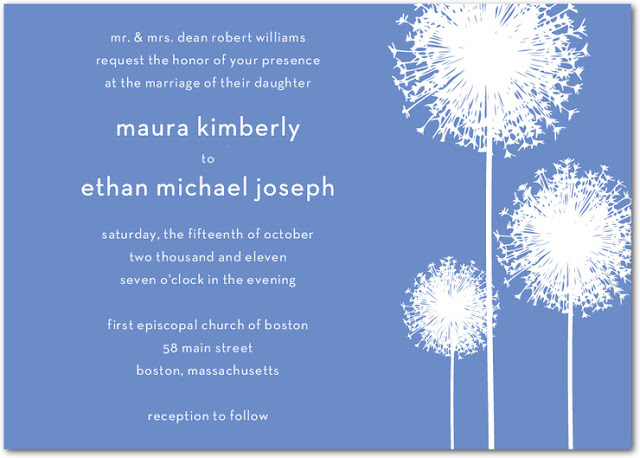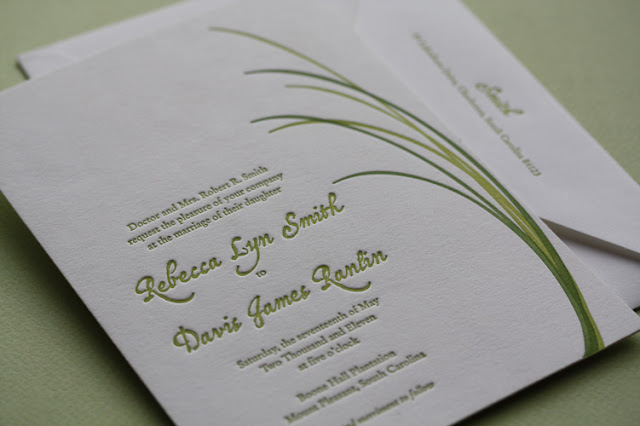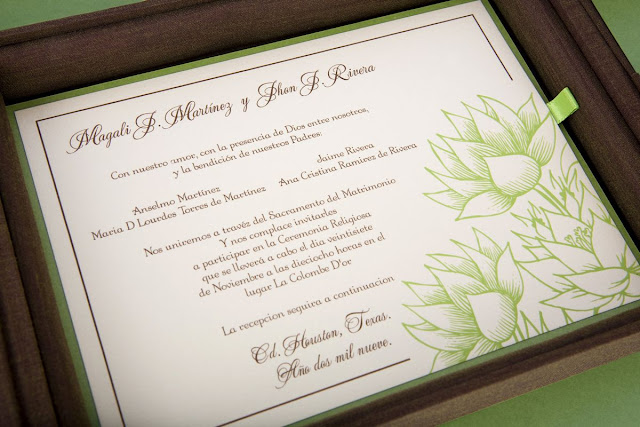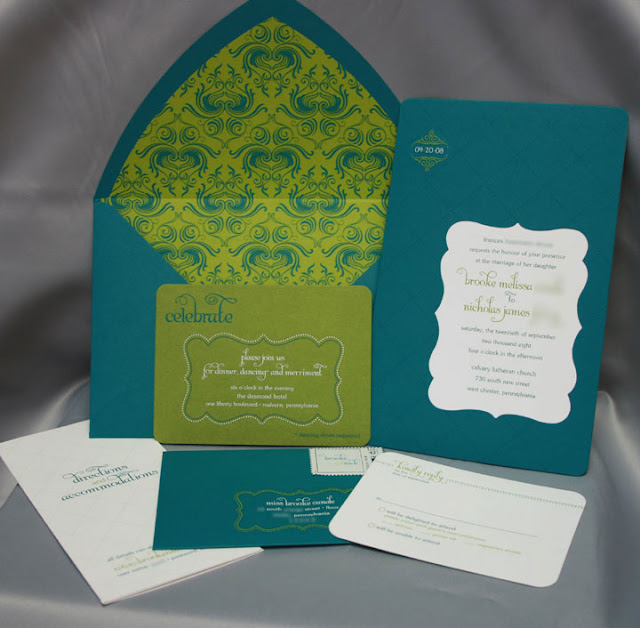What's the Right Print for Your Invitations?
/One of the first things guests will see from your wedding are your invitations! So it is extremely important for them to reflect you and your wedding. There are many different elements that go into the invitations and one of them is what the right print is. Some options include letterpress, laser, thermography, engraving, and so much more. Beau-coup created an amazing outline of a bunch of different ways you can print your invitations to tell people about your special day! I've put some explanations of what each one is and what is less expensive than others. Also, here are tips from The Knot to make the perfect invites!
Laser $
Wedding Paper Divas
These prints produce remarkable results based on digitally-rendered files. The native digital file is sent directly to the digital printer, losing no image quality. Colors can cover the entire rainbow spectrum, and are as bold, vibrant and as comparable to color offset printing. The printing appears as a flat image. Recommendations: This type of printing is most commonly used for smooth or lightly textured papers. It is the most economical way of printing (next to printing yourself on your own inkjet or laser printer) and a perfect solution for those wanting professional print quality at reasonable prices.
This type of printing utilizes a movable type machine. The inked raised type is stamped onto the paper. The various typestyles on the market today are not available with this printing process, since the characters are preset and determined based on the machine itself. It's not easy to find printers that will provide this type of printing but if you find one that will, the effect will look best on handmade paper. Recommendations: This process is used most commonly for invitations that have unusual textured paper and is much more expensive than most other types of printing.
No ink is involved with this method. Metal plates that are etched with letters are stamped into paper so what is left behind is the imprint of the letter. You'll be able to see this printing type on the borders of many invitations, addresses, and monograms. Recommendations: Embossing is best when used to accent an invitation, such as with borders, monograms, motifs, and the return address on the envelope flap. Thermography is an added cost, but well worth the visual 3-Dimensional effect it creates. You will only want to order embossing if you have 3-4 weeks to wait for your invitations to be printed.
This process is the oldest form of printing. It begins by etching the design and/or text into a copper plate from a negative. The paper is placed on the press face down above the inked plate. It is then printed by pressure coming down on the back of the sheet while the front of the sheet meets with the plate. This "sandwich" effect creates the raised lettering on the front and bruising on the back of the printed paper, which are both classic features of engraving. Typically you will receive the actual copper plate used for printing as a keepsake. Black ink is usually the best color for this style. Recommendations: This type of printing is quite a bit more expensive than thermography, so engraving is usually done for ultra-formal wedding invites, formal parties in general, or when there are few budgetary constraints. Engraving is also suitable for events with a large guest list since it becomes more cost effective in larger quantities. You will also have to allow for longer printing times, up to 4 weeks with some of brands.





